Home>Home Appliances>Kitchen Appliances>How To Increase Pressure On An Espresso Machine
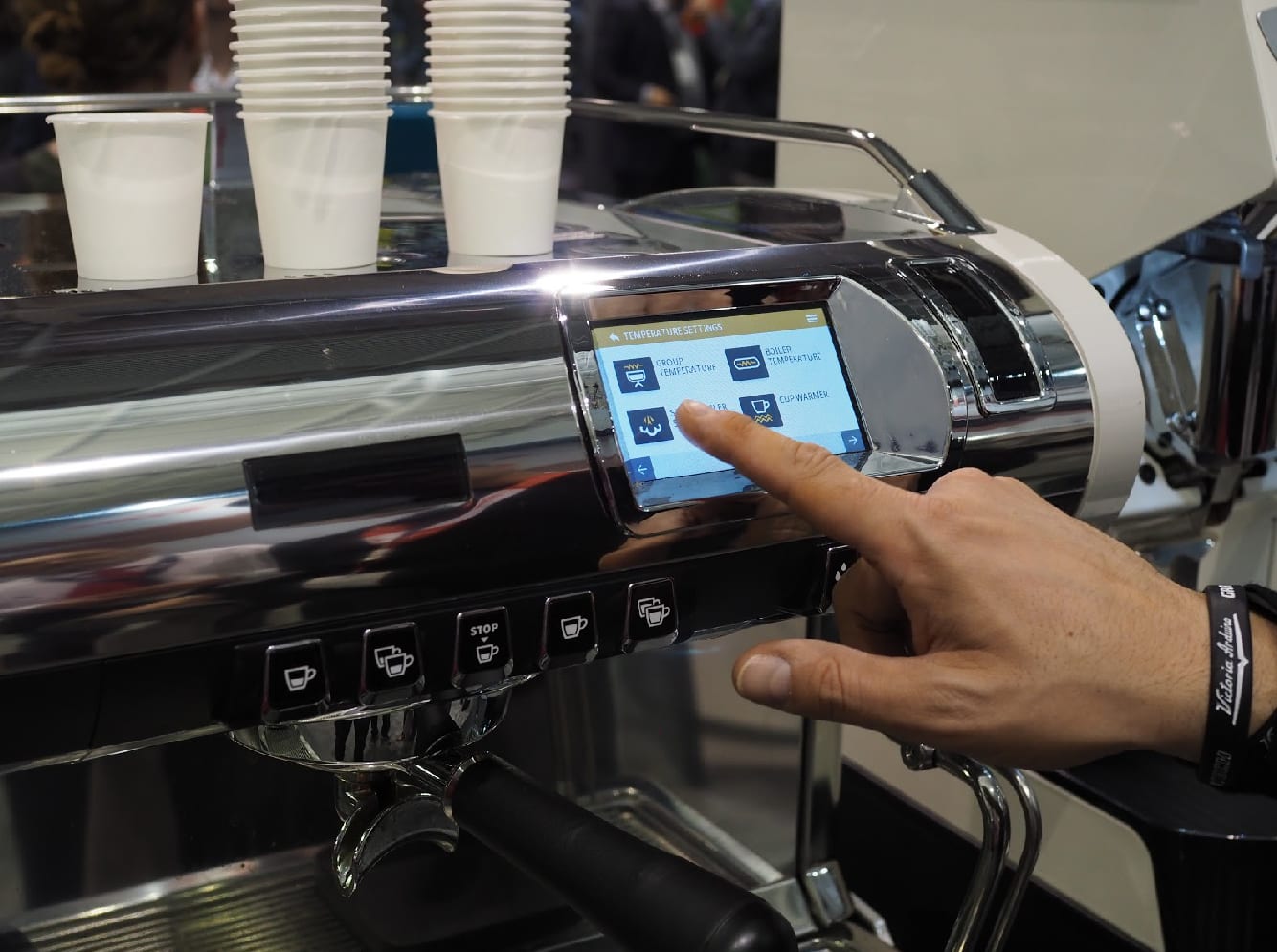

Kitchen Appliances
How To Increase Pressure On An Espresso Machine
Modified: January 6, 2024
Learn how to increase pressure on your espresso machine with our expert tips. Improve your kitchen appliances with our step-by-step guide.
(Many of the links in this article redirect to a specific reviewed product. Your purchase of these products through affiliate links helps to generate commission for Storables.com, at no extra cost. Learn more)
Introduction
If you're passionate about crafting the perfect cup of espresso, you understand the pivotal role that pressure plays in the process. The pressure exerted by an espresso machine is fundamental to achieving the ideal extraction from your coffee grounds, resulting in the rich, aromatic beverage that espresso enthusiasts crave. In this comprehensive guide, we'll delve into the intricacies of espresso machine pressure, explore the factors that influence it, and provide valuable insights on how to increase pressure to enhance your espresso-making experience.
Whether you're an aspiring home barista or a seasoned coffee aficionado, understanding and optimizing the pressure of your espresso machine is key to unlocking the full potential of your favorite coffee beans. So, let's embark on this journey to unravel the art and science of espresso machine pressure, empowering you to elevate your espresso-making prowess to new heights.
Key Takeaways:
- Mastering espresso machine pressure is crucial for brewing the perfect cup. Factors like grind size and tamping technique influence pressure, requiring precision and experimentation for optimal extraction.
- Adjusting pressure on an espresso machine involves fine-tuning grind settings, tamping technique, and machine calibration. It’s a journey of exploration and refinement, requiring patience and a discerning palate.
Understanding Espresso Machine Pressure
Espresso machine pressure is the force applied to the water as it passes through the coffee grounds in the portafilter. This pressure is instrumental in extracting the flavors, oils, and aromatic compounds from the coffee, resulting in the concentrated and complex flavors characteristic of espresso.
Typically measured in bars, espresso machines are designed to exert a specific level of pressure during the brewing process. The optimal pressure for espresso extraction is around 9 bars, although slight variations may be preferred based on individual taste preferences and the specific coffee being used.
It’s important to note that achieving the right pressure is essential for pulling a balanced shot of espresso. Inadequate pressure may result in under-extraction, producing a weak and sour-tasting espresso, while excessive pressure can lead to over-extraction, yielding a bitter and astringent brew.
Understanding the role of pressure in espresso extraction is akin to mastering the conductor’s baton in an orchestra, orchestrating a harmonious symphony of flavors from the coffee grounds. The art lies in achieving the perfect balance of pressure to coax out the nuanced flavors and aromas, resulting in a sublime espresso experience.
Factors Affecting Pressure
Several factors influence the pressure exerted by an espresso machine, ultimately impacting the quality of the extracted espresso. Understanding these variables is pivotal in optimizing the brewing process and achieving the desired flavor profile. Here are the key factors affecting espresso machine pressure:
- Grind Size: The fineness of the coffee grounds significantly impacts the resistance to water flow during extraction. Finer grinds create more resistance, necessitating higher pressure for proper extraction, while coarser grinds require less pressure.
- Tamping Pressure: The level of pressure applied when tamping the coffee grounds into the portafilter profoundly influences the flow rate of water through the puck. Inadequate tamping can lead to channeling, where water bypasses the coffee unevenly, affecting the pressure and resulting in an uneven extraction.
- Brewing Temperature: The temperature of the water used for extraction affects its viscosity and the solubility of coffee compounds. Higher temperatures may require slightly higher pressure to maintain the ideal flow rate through the coffee puck.
- Basket Design: The design and perforation of the portafilter basket impact the resistance to water flow. Different basket designs may require adjustments in pressure to achieve optimal extraction.
- Machine Calibration: The calibration and design of the espresso machine’s pump and pressure profiling systems directly influence the pressure exerted during extraction.
By carefully considering and manipulating these factors, baristas and coffee enthusiasts can fine-tune the pressure applied during espresso extraction, ultimately influencing the flavor, body, and overall sensory experience of the resulting espresso.
To increase pressure on an espresso machine, adjust the grind size of the coffee beans to make it finer. This will slow down the flow of water, increasing pressure for a better extraction.
Increasing Pressure on an Espresso Machine
While many modern espresso machines are designed to maintain consistent and optimal pressure levels, there are instances where adjustments may be necessary to enhance the extraction process. Whether you’re seeking to fine-tune the pressure for a specific coffee blend or addressing performance issues, increasing the pressure on an espresso machine requires careful attention to various elements. Here are several methods to consider:
- Adjusting Grinder Settings: A finer grind size can increase resistance, necessitating higher pressure for proper extraction. Experimenting with different grind settings can impact the pressure required to achieve the desired extraction.
- Optimizing Tamping Technique: Consistent and level tamping is crucial for creating an even surface in the coffee puck, allowing for uniform water flow and optimal pressure distribution. Refining tamping technique can influence the pressure needed for extraction.
- Machine Calibration: Some espresso machines offer the flexibility to adjust the pump pressure or pressure profiling settings. Consult the machine’s manual or seek professional guidance to make precise adjustments to the pressure settings.
- Upgrading Portafilter Baskets: Utilizing baskets with different designs and hole patterns can impact the flow rate and pressure requirements during extraction. Experimenting with various basket options can provide insights into optimizing pressure for specific coffee profiles.
- Temperature Control: Maintaining consistent brewing temperatures is essential for predictable pressure requirements. Monitoring and adjusting the machine’s temperature settings can influence the pressure needed for extraction.
It’s important to approach pressure adjustments with a methodical and systematic mindset, making incremental changes while carefully monitoring the resulting espresso quality. Additionally, seeking guidance from experienced baristas or coffee professionals can provide valuable insights into fine-tuning pressure for optimal extraction.
By attentively exploring these methods and understanding the interplay of variables affecting pressure, espresso enthusiasts can effectively increase and optimize the pressure on their machines, unlocking the full potential of their favorite coffee beans and elevating their espresso-making endeavors.
Conclusion
The art of crafting exceptional espresso lies in mastering the delicate balance of pressure, grind, and extraction, transforming humble coffee beans into a symphony of flavors and aromas. Understanding the nuances of espresso machine pressure is fundamental to this endeavor, as it directly influences the quality and character of the resulting brew.
By comprehending the factors that influence pressure, from grind size and tamping technique to machine calibration and temperature control, espresso enthusiasts can embark on a journey of exploration and refinement. Fine-tuning the pressure on an espresso machine is an art form, requiring patience, precision, and a discerning palate.
As you venture into the realm of pressure manipulation, whether to coax out the nuanced notes of a single-origin bean or to perfect the balance of a signature blend, remember that each adjustment is an opportunity for discovery. Embrace the process, savor the moments of experimentation, and celebrate the evolution of your espresso-making expertise.
Ultimately, the pursuit of ideal espresso machine pressure is a testament to the passion and dedication of those who seek to elevate the coffee experience. It is a journey marked by the pursuit of perfection, the joy of exploration, and the satisfaction of savoring a meticulously crafted cup of espresso.
So, as you embark on your quest to harness the power of pressure, may each espresso extraction be a testament to your commitment to the craft, a celebration of the artistry of coffee, and a delight to the senses of those fortunate enough to savor your creations.
Frequently Asked Questions about How To Increase Pressure On An Espresso Machine
Was this page helpful?
At Storables.com, we guarantee accurate and reliable information. Our content, validated by Expert Board Contributors, is crafted following stringent Editorial Policies. We're committed to providing you with well-researched, expert-backed insights for all your informational needs.
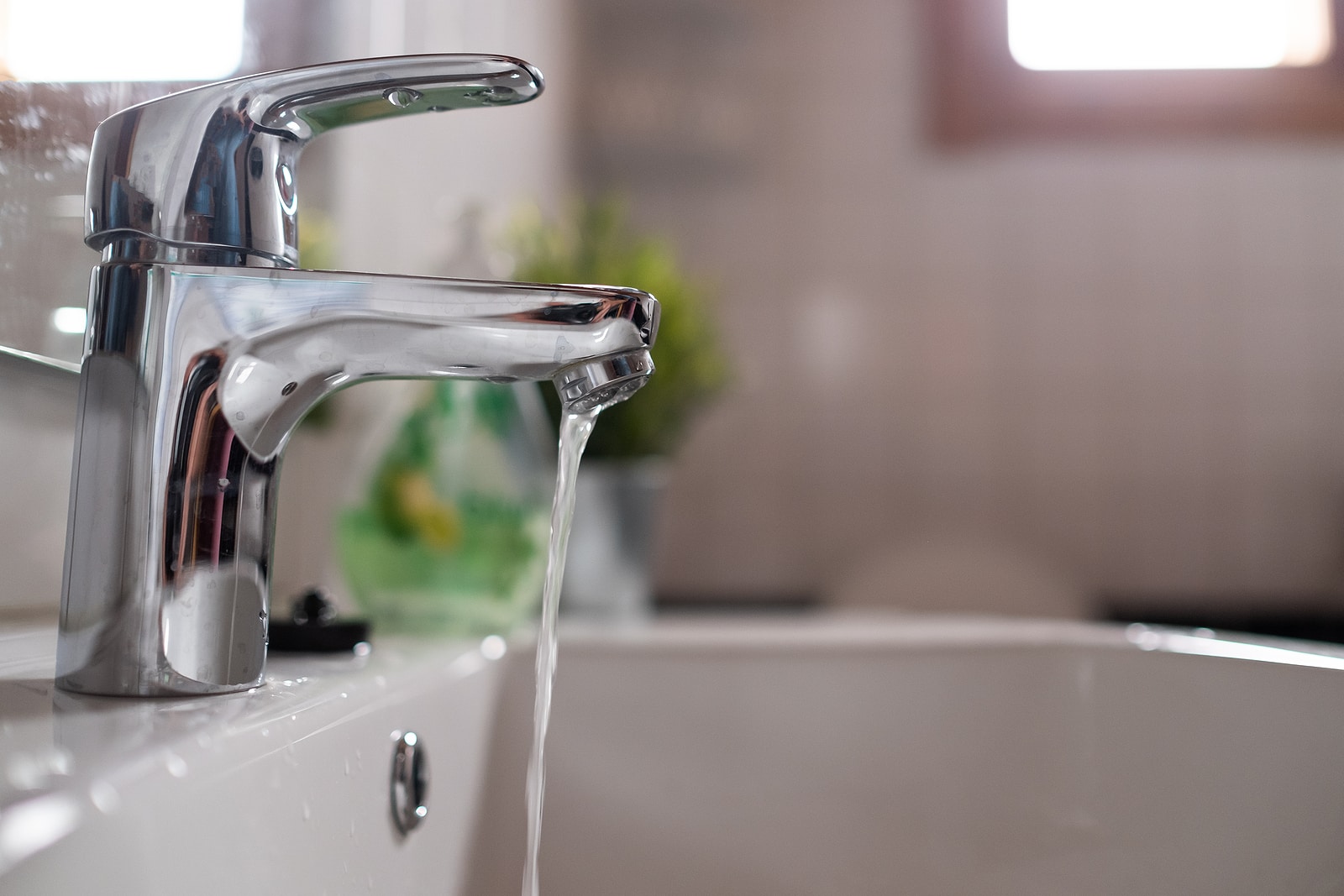
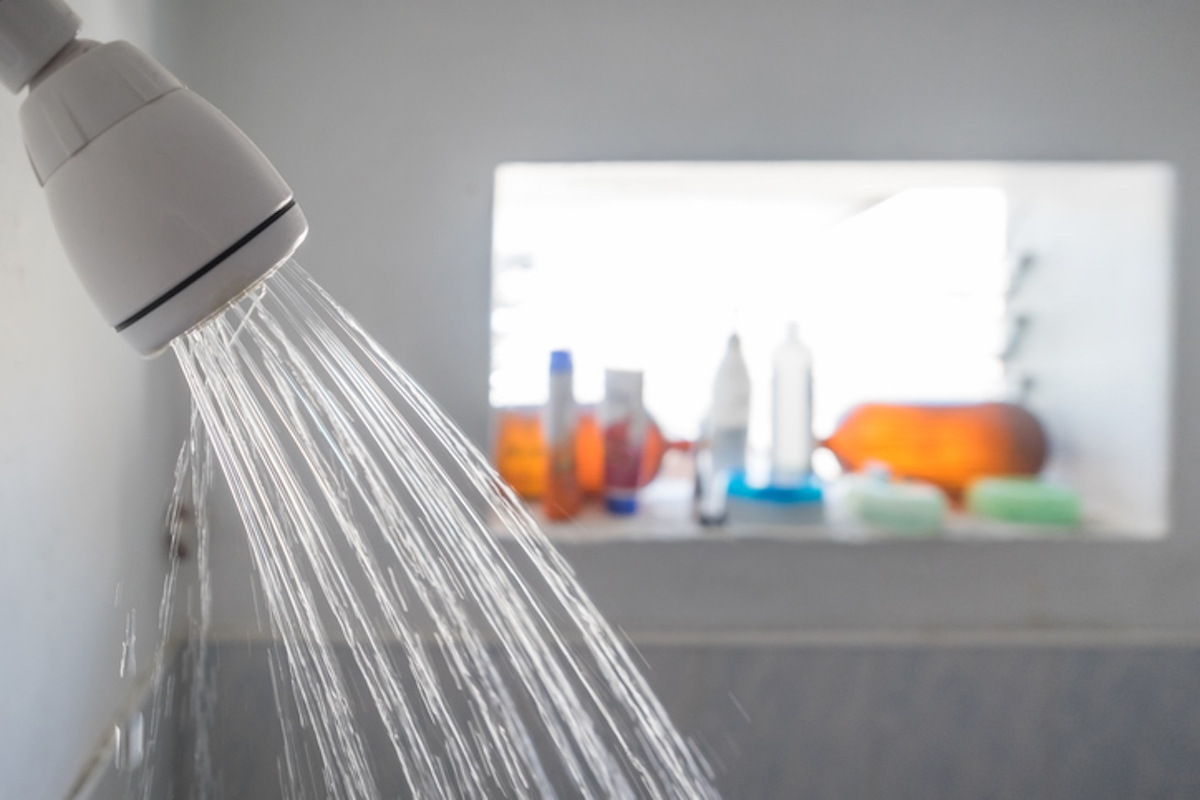
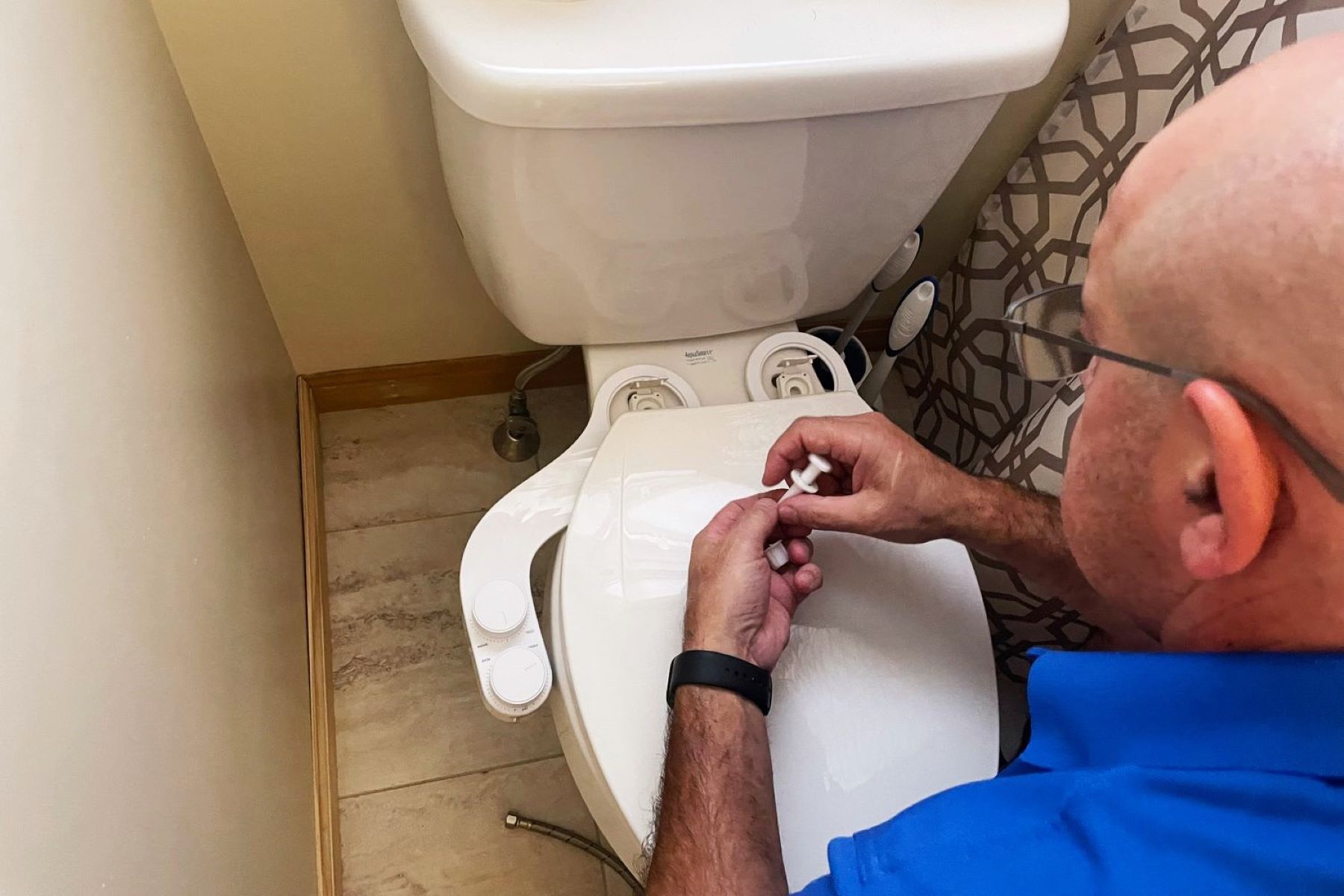
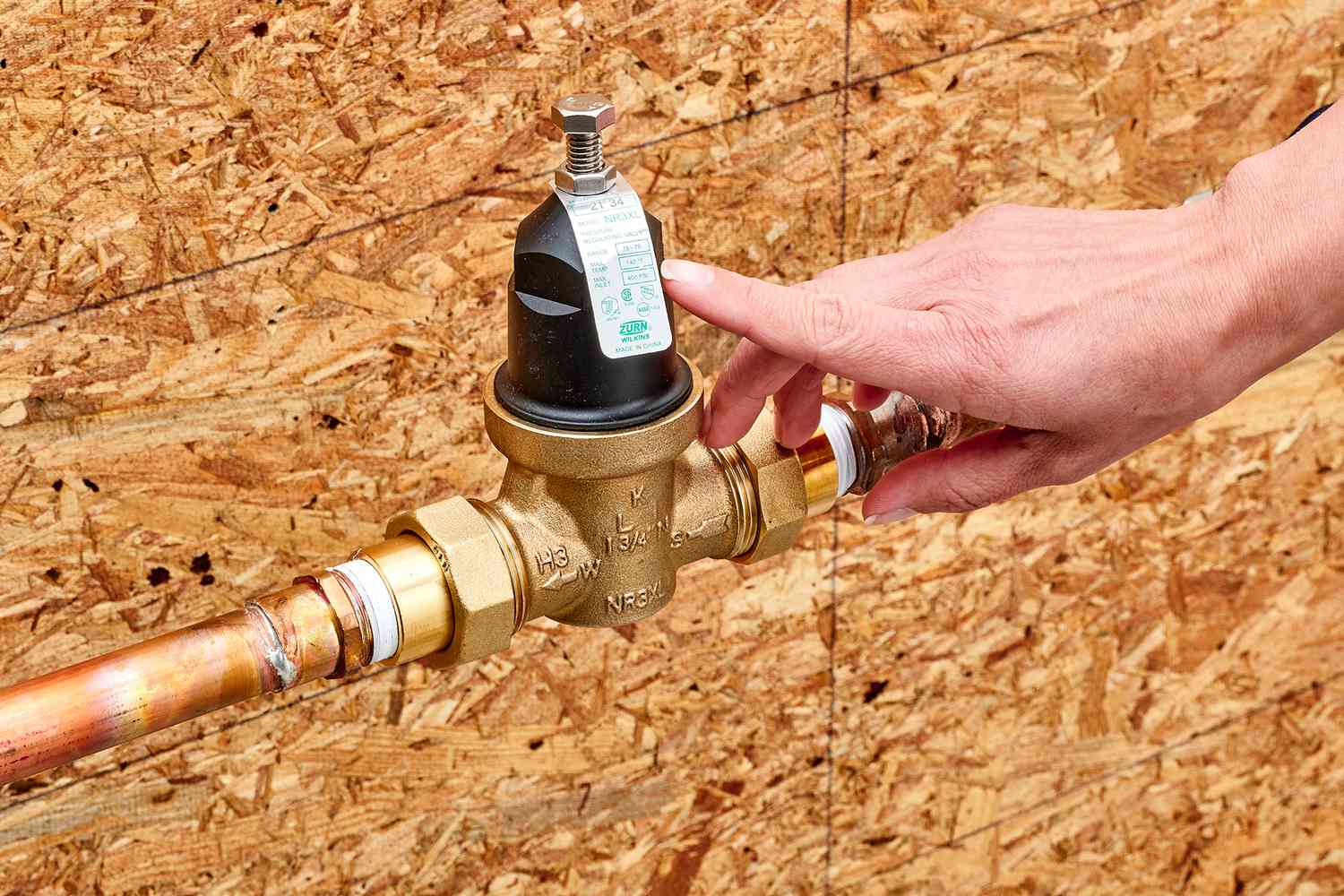
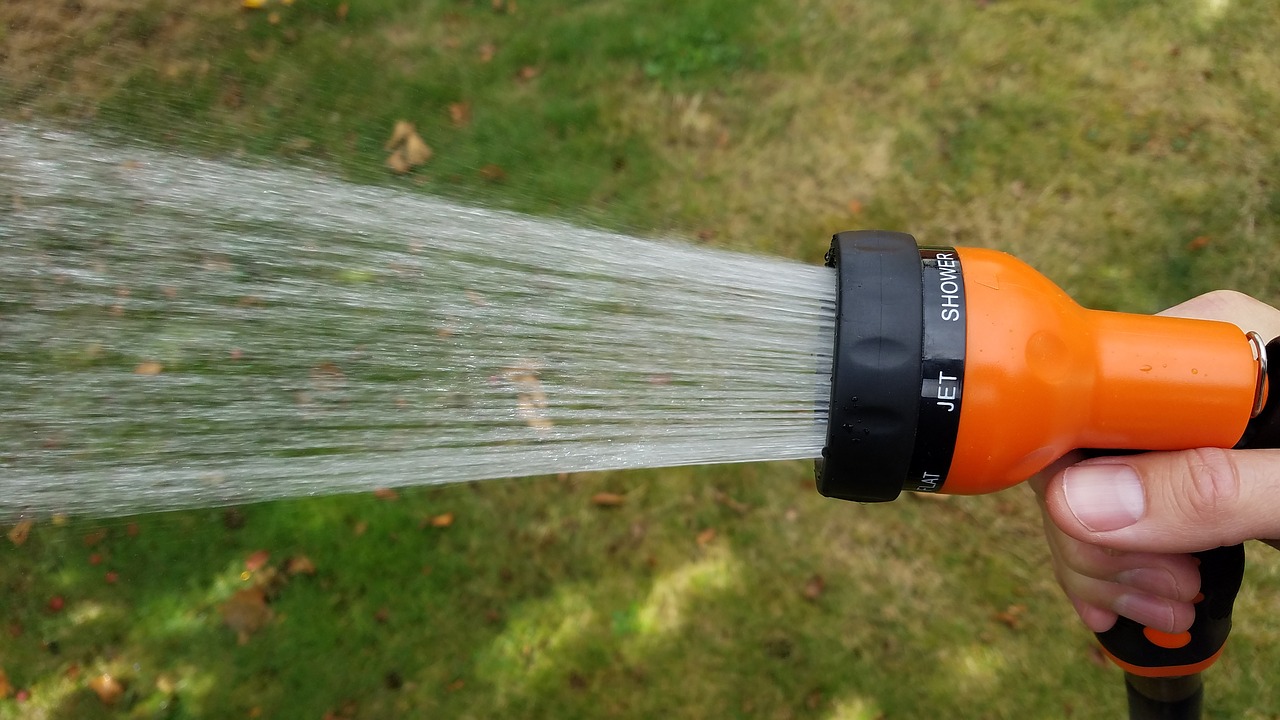
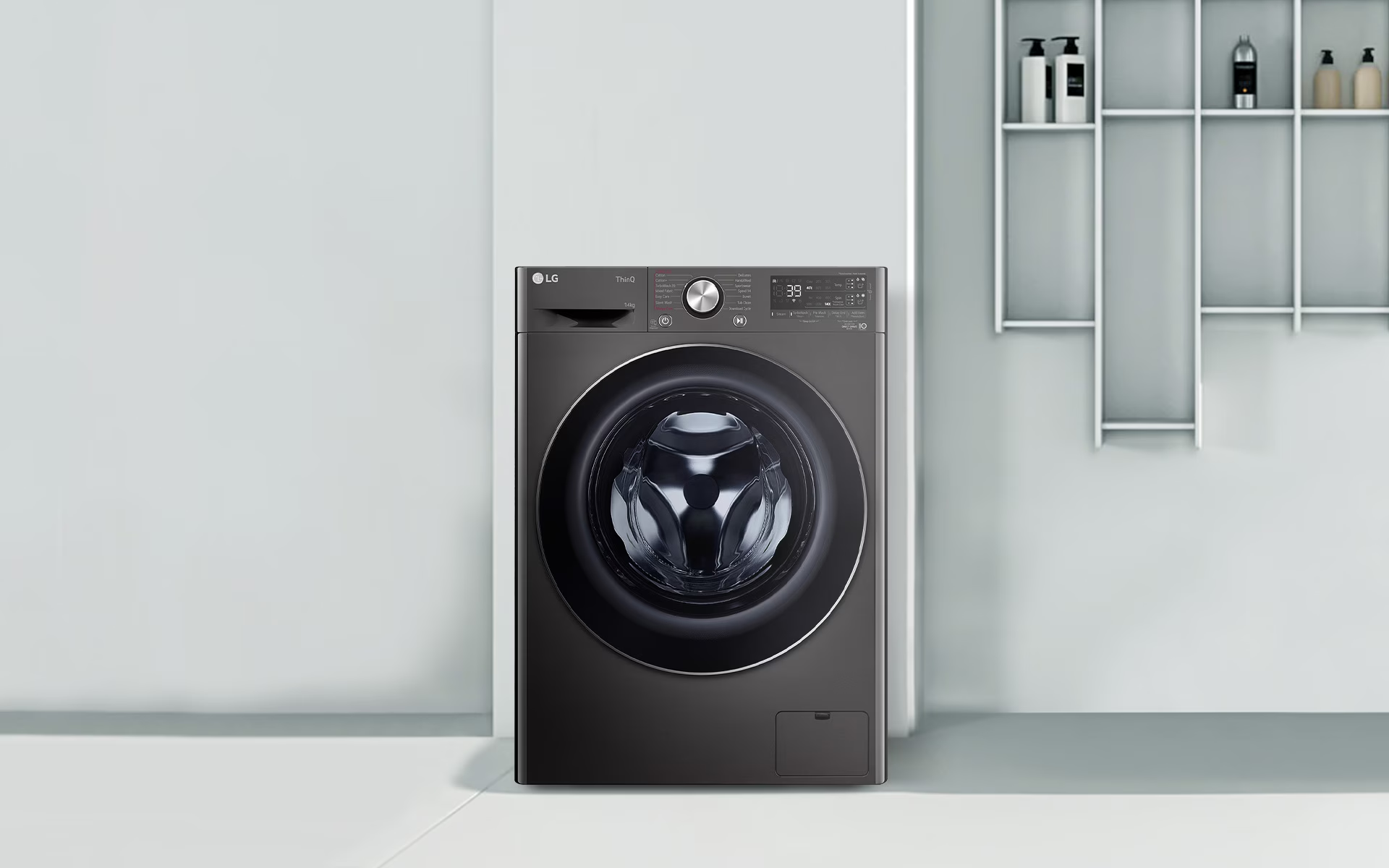
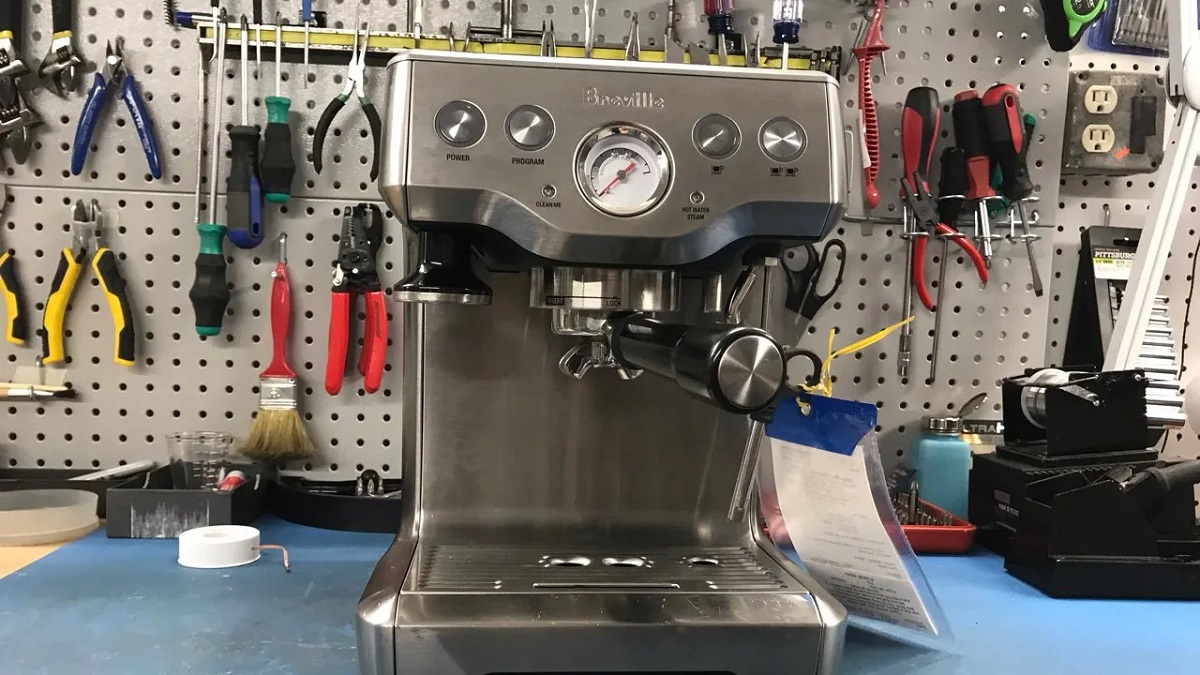
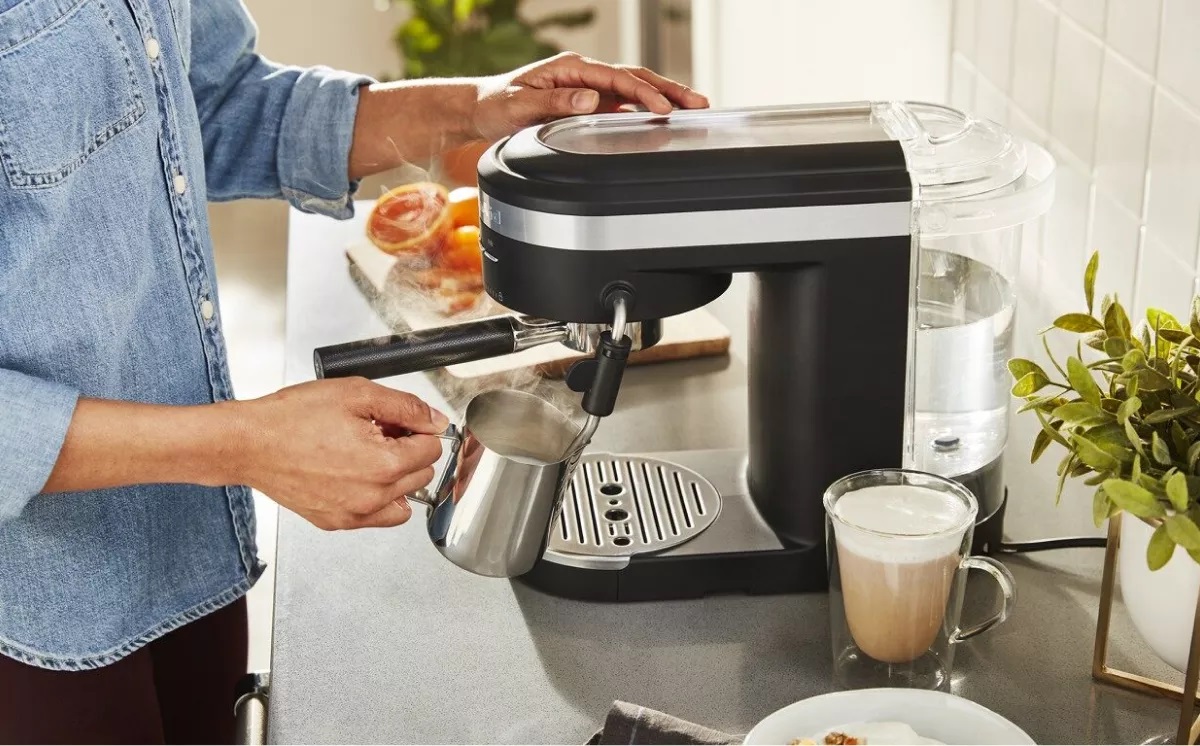
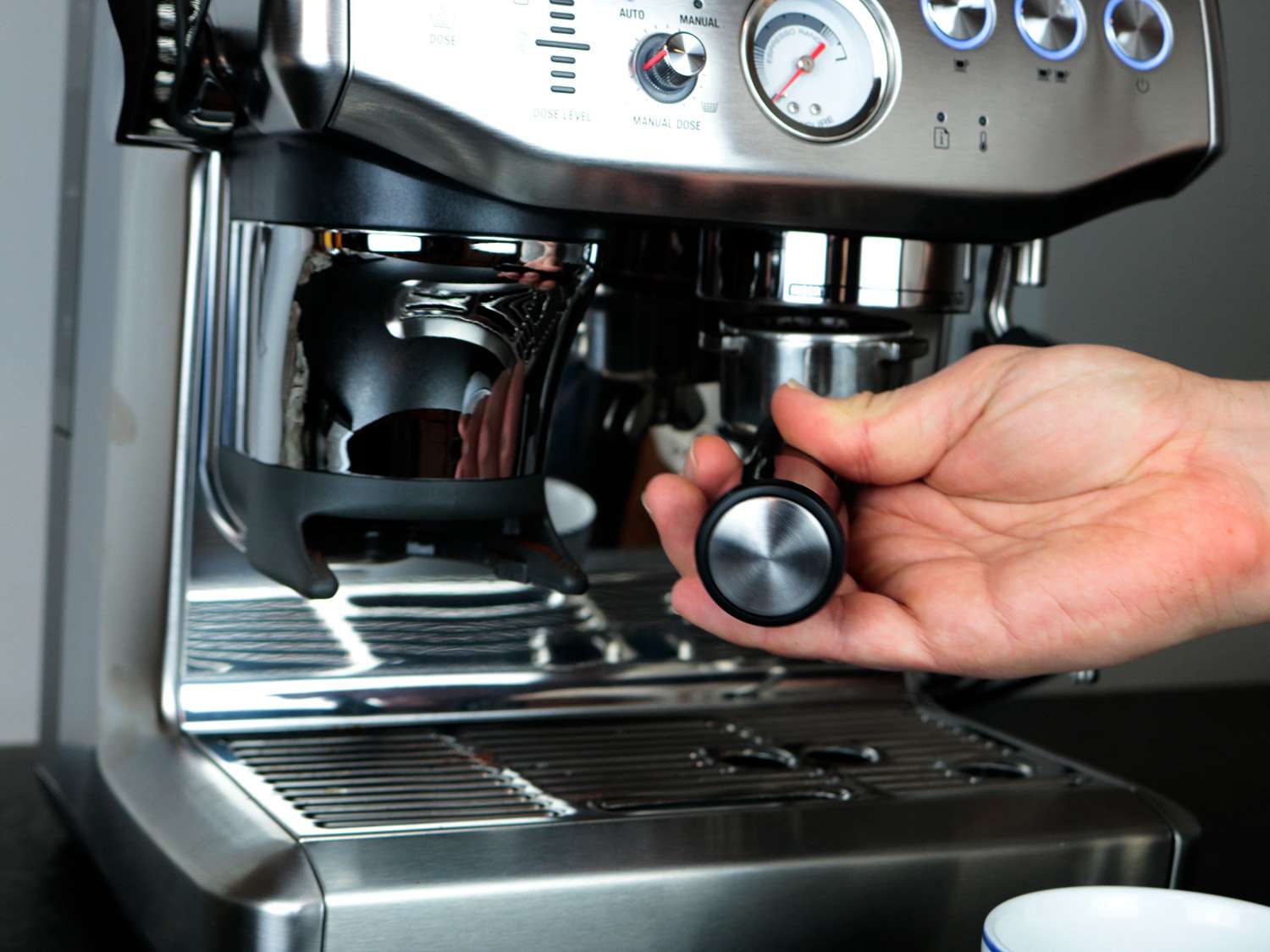
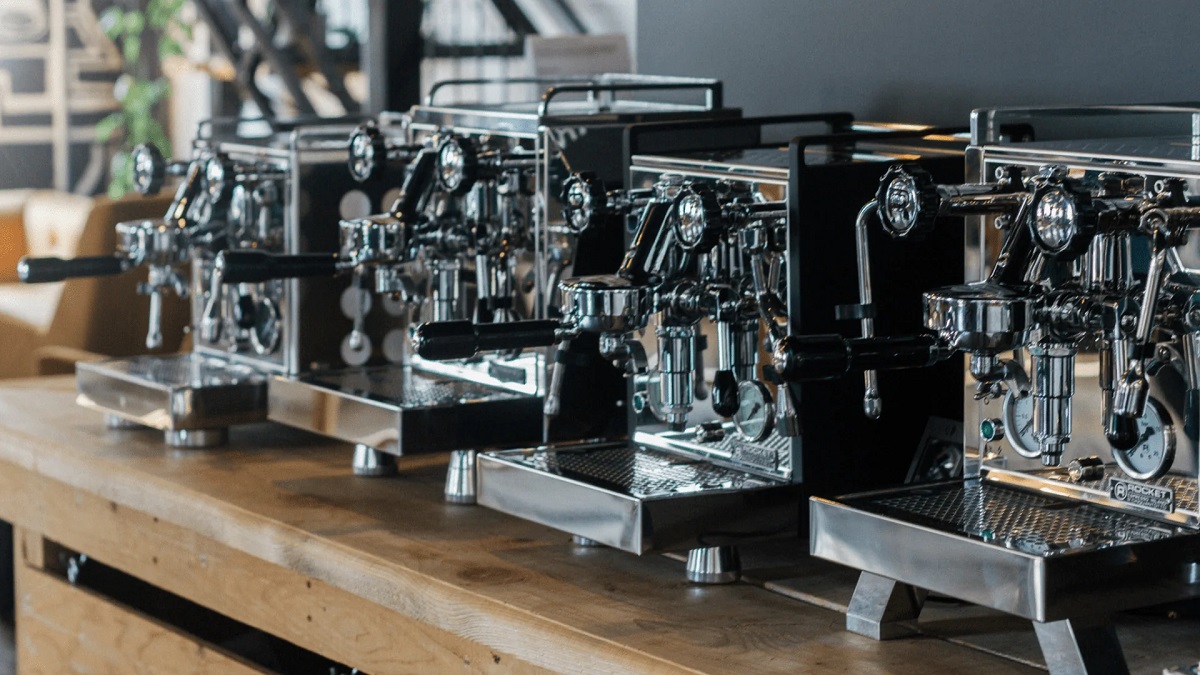
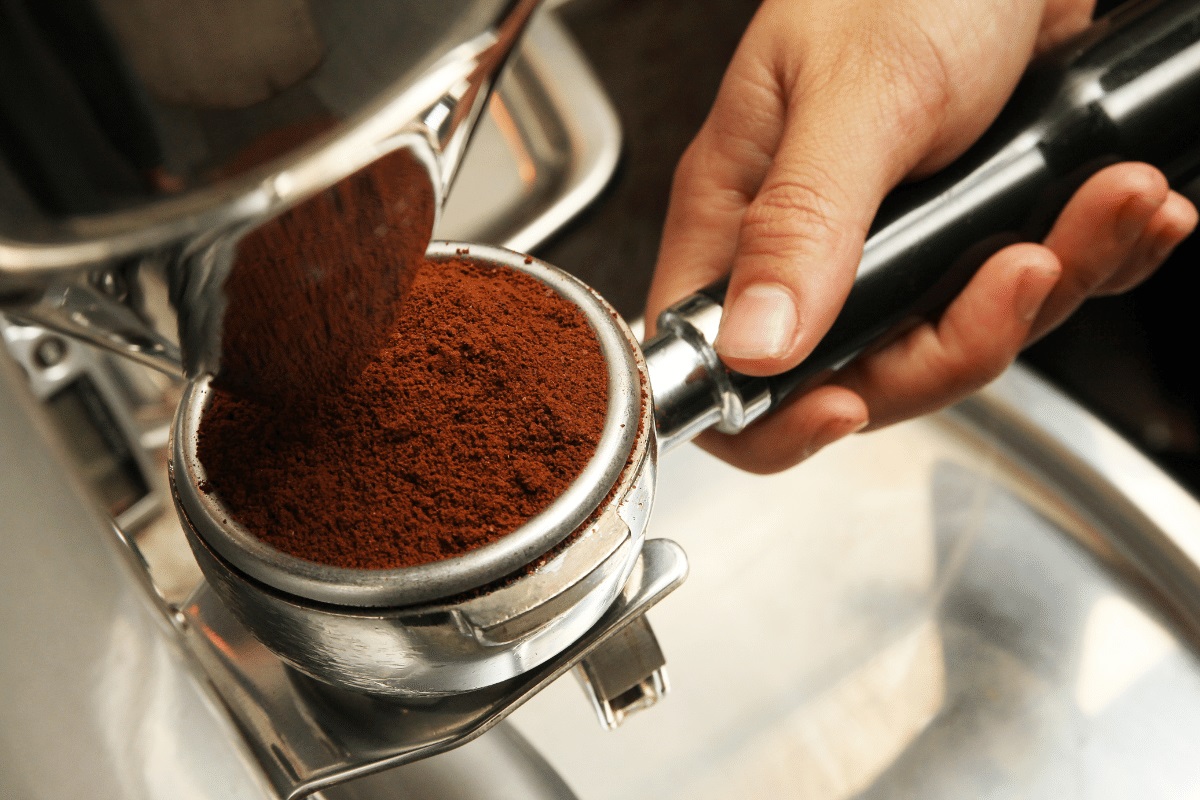
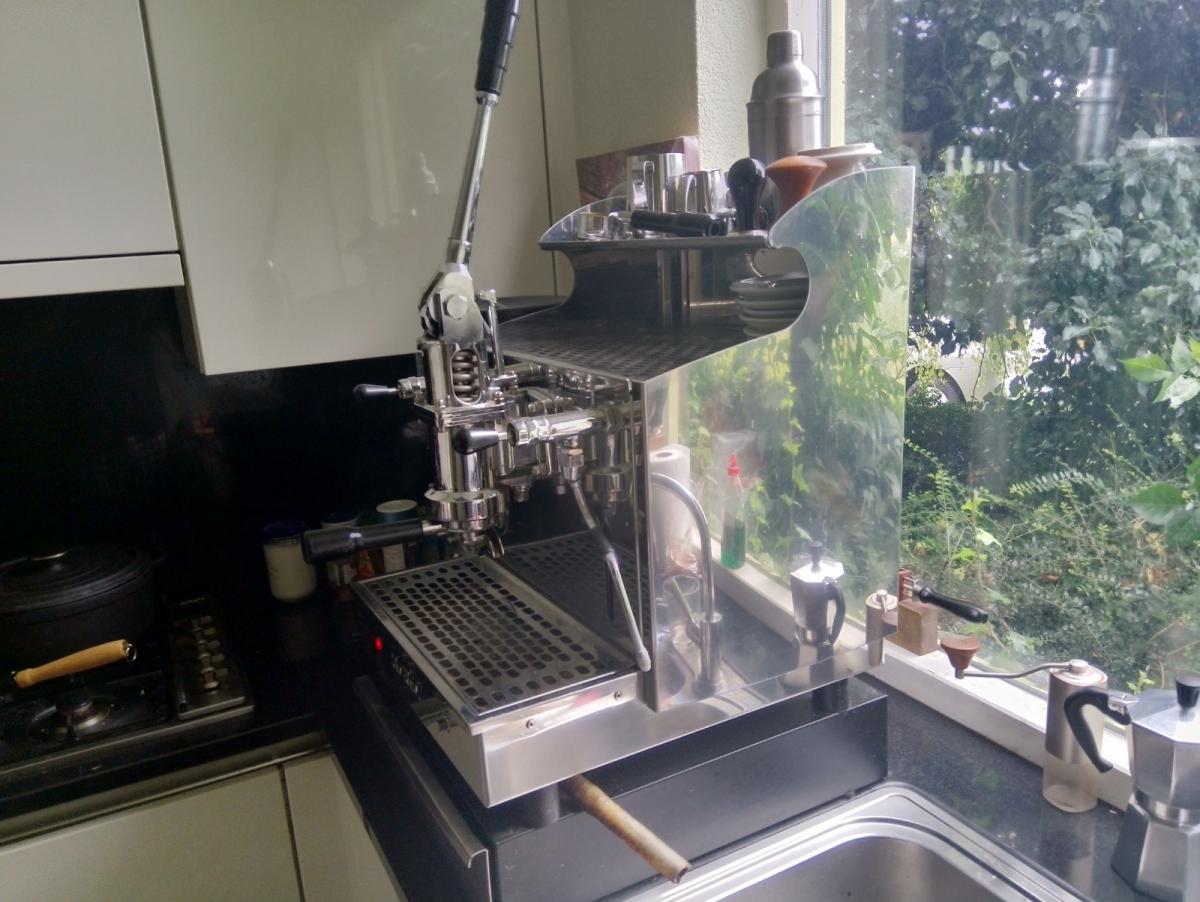
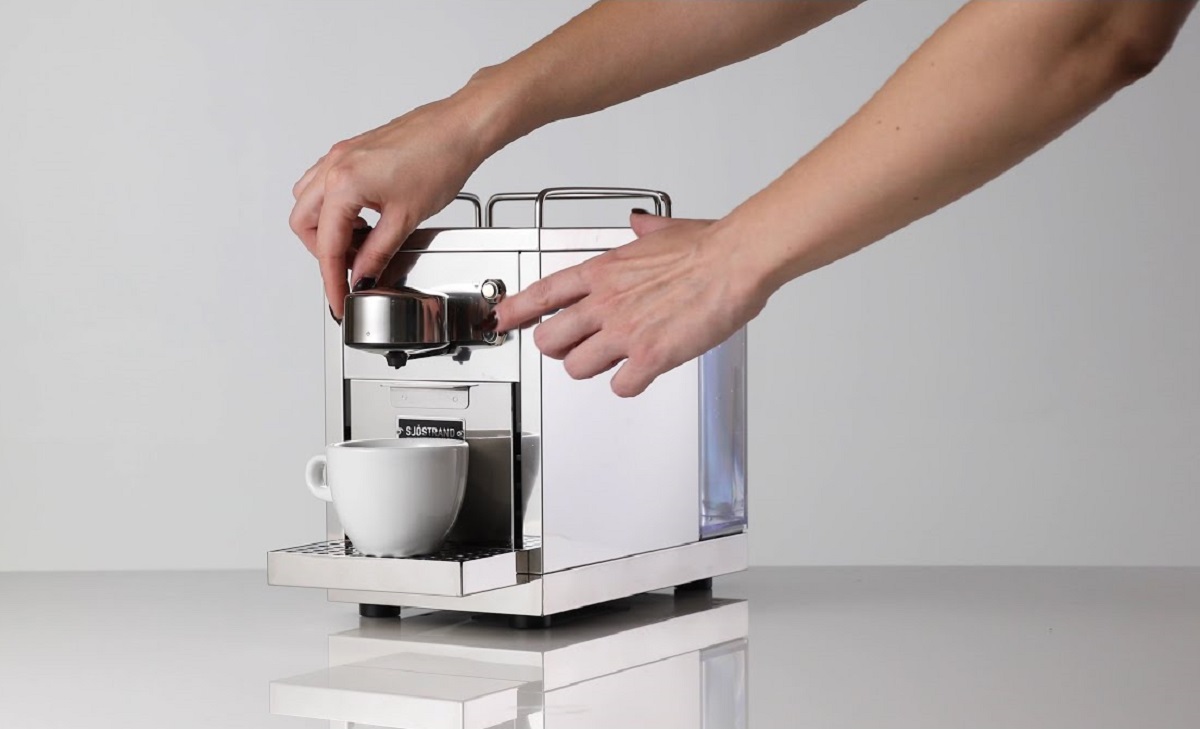
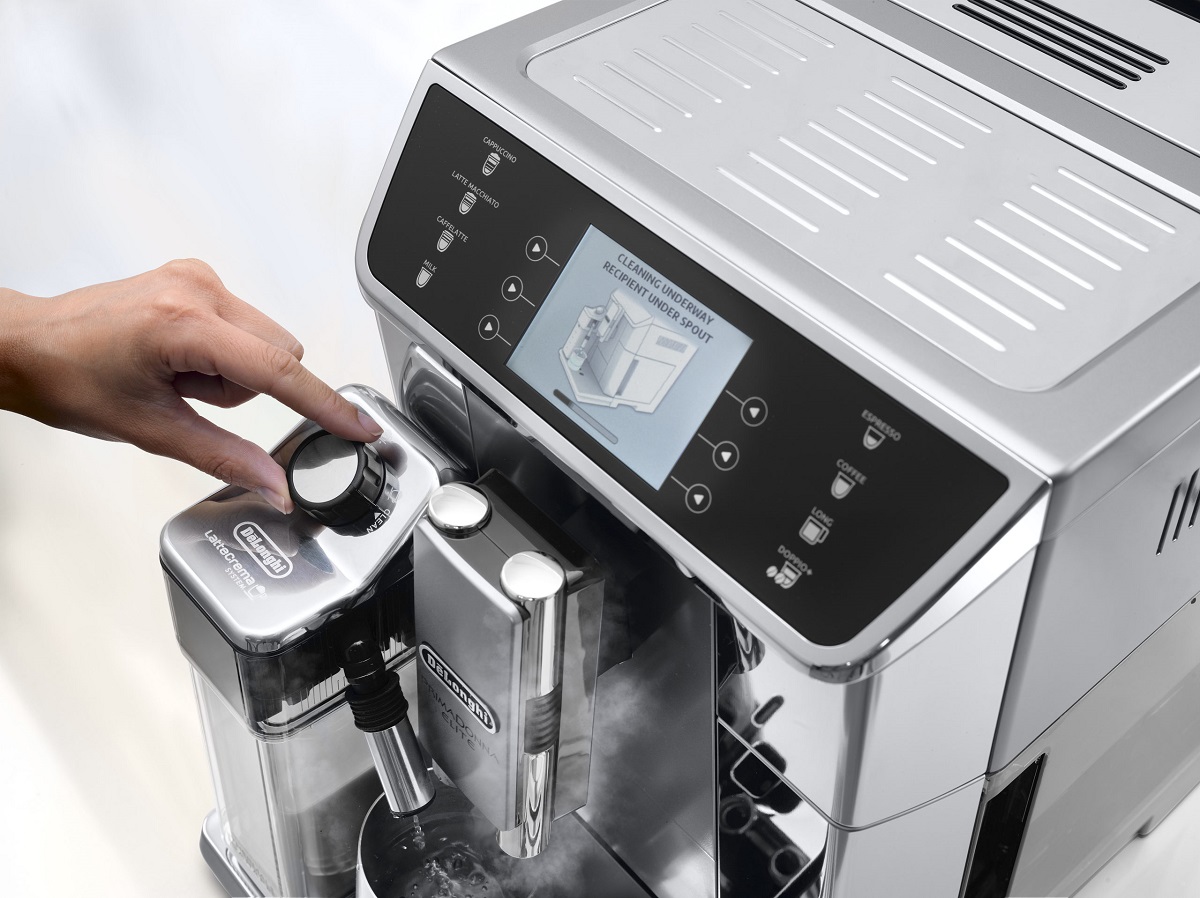
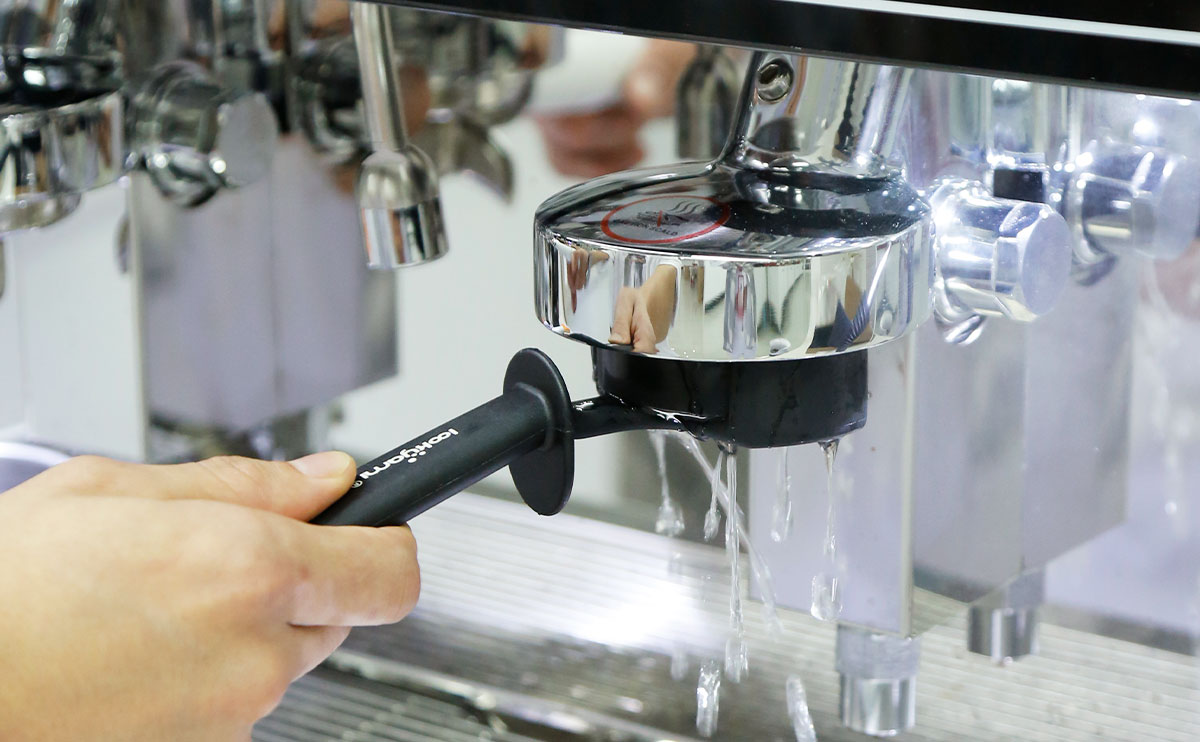

0 thoughts on “How To Increase Pressure On An Espresso Machine”